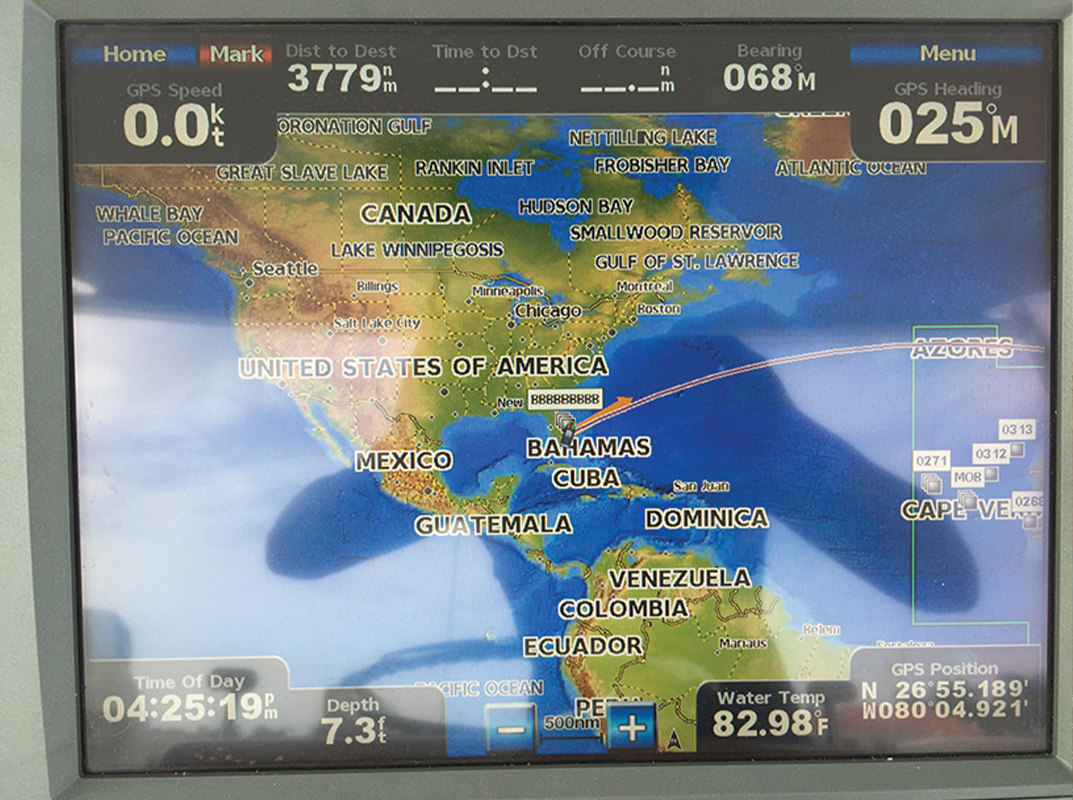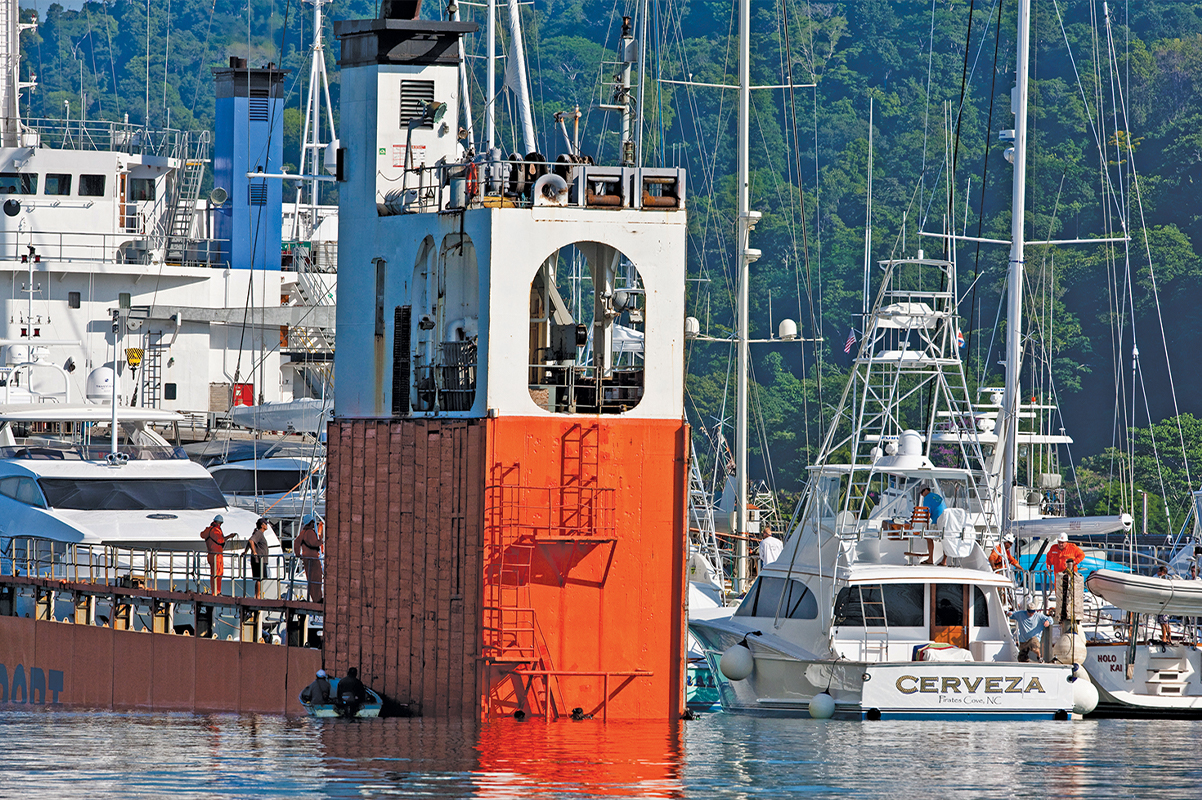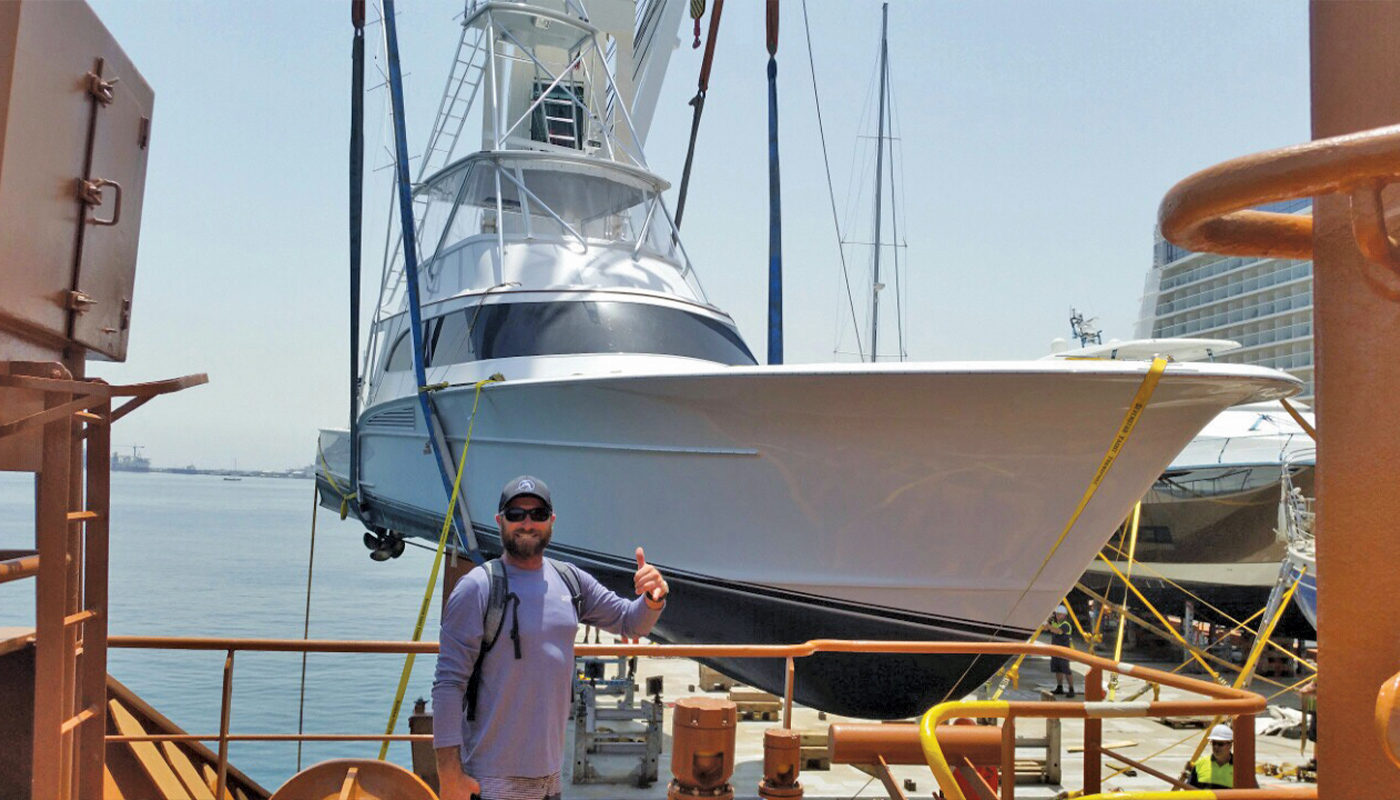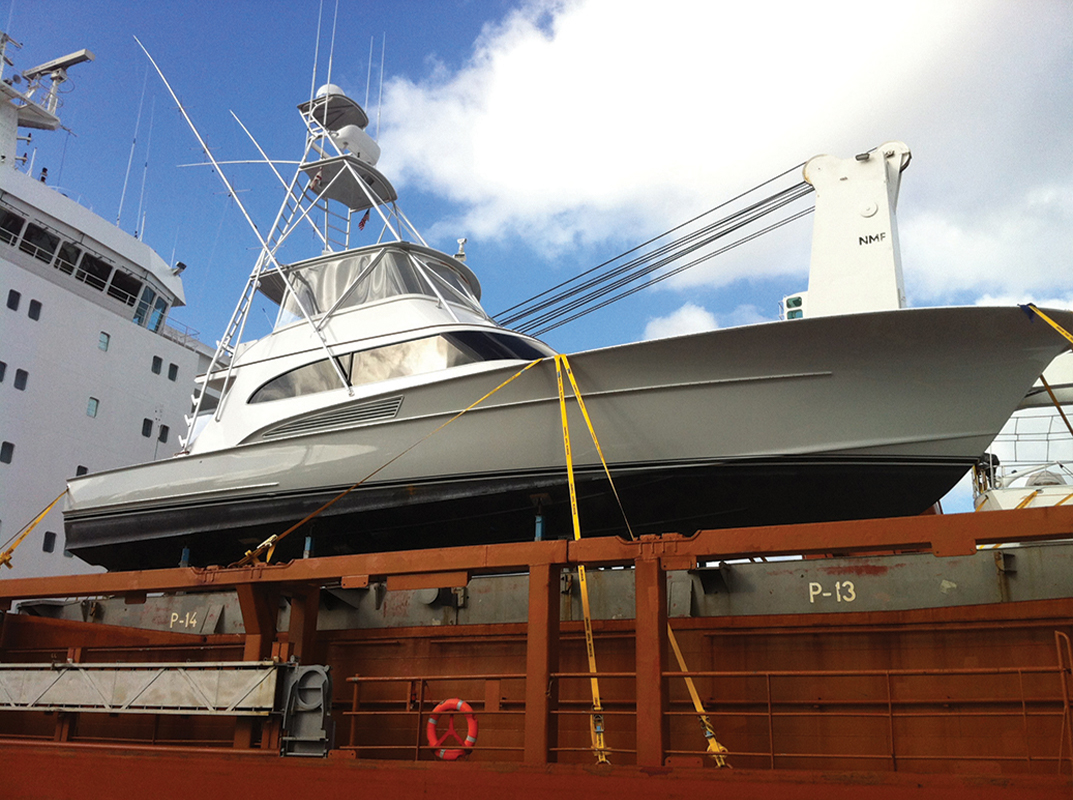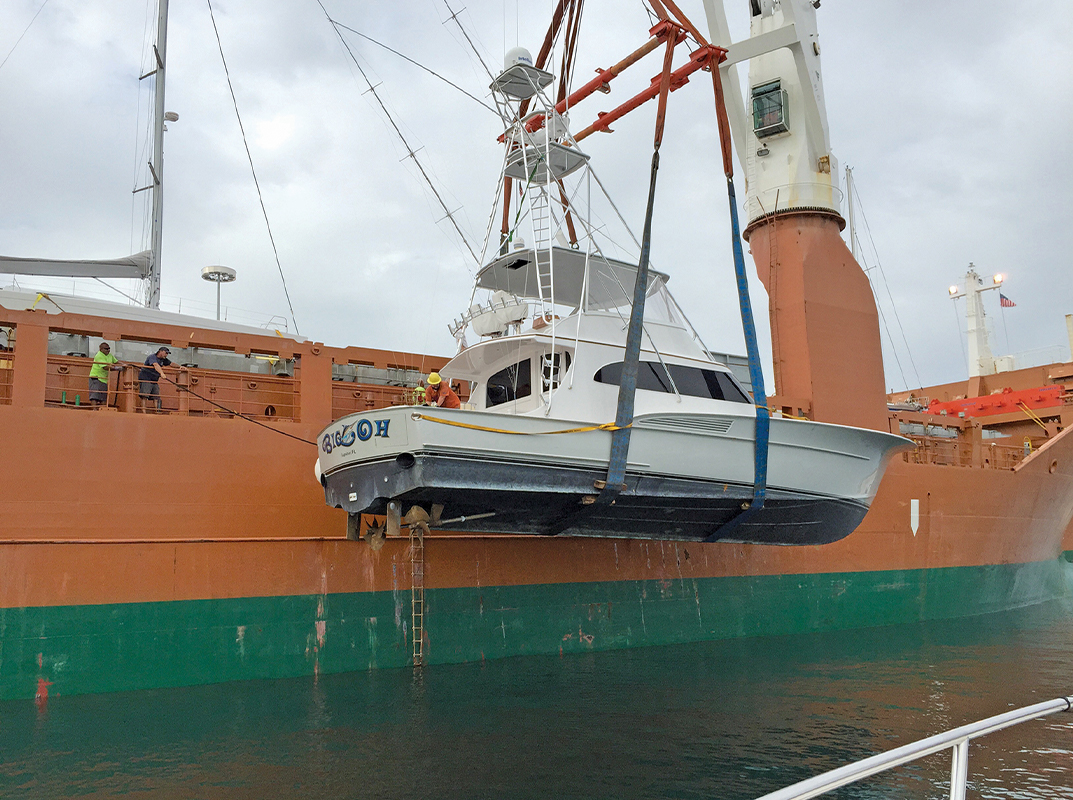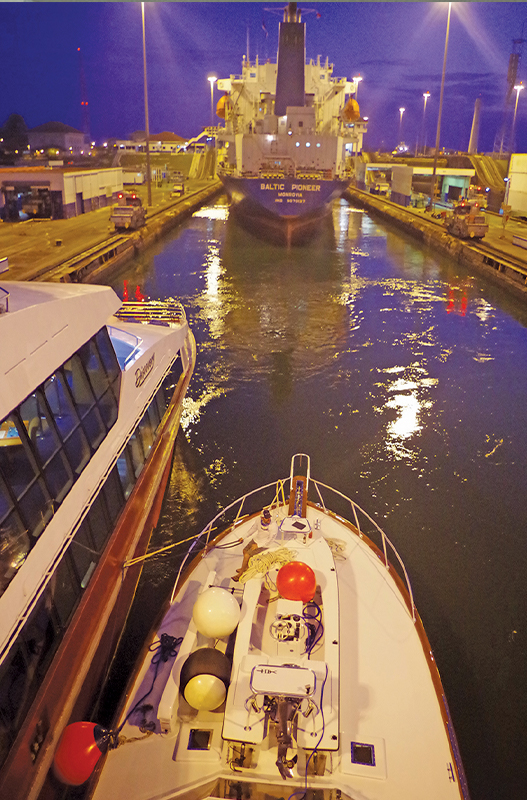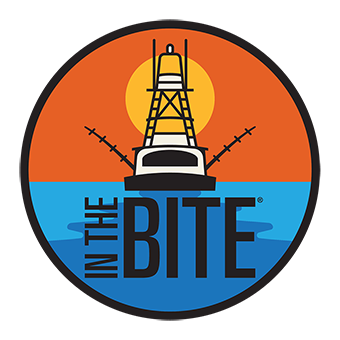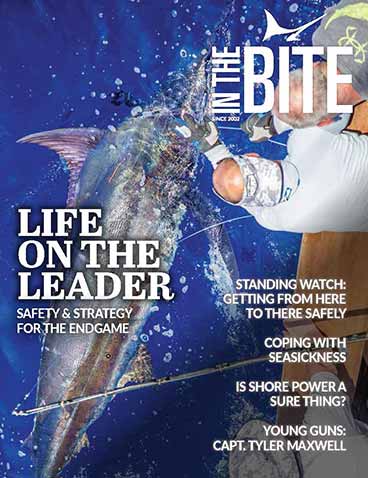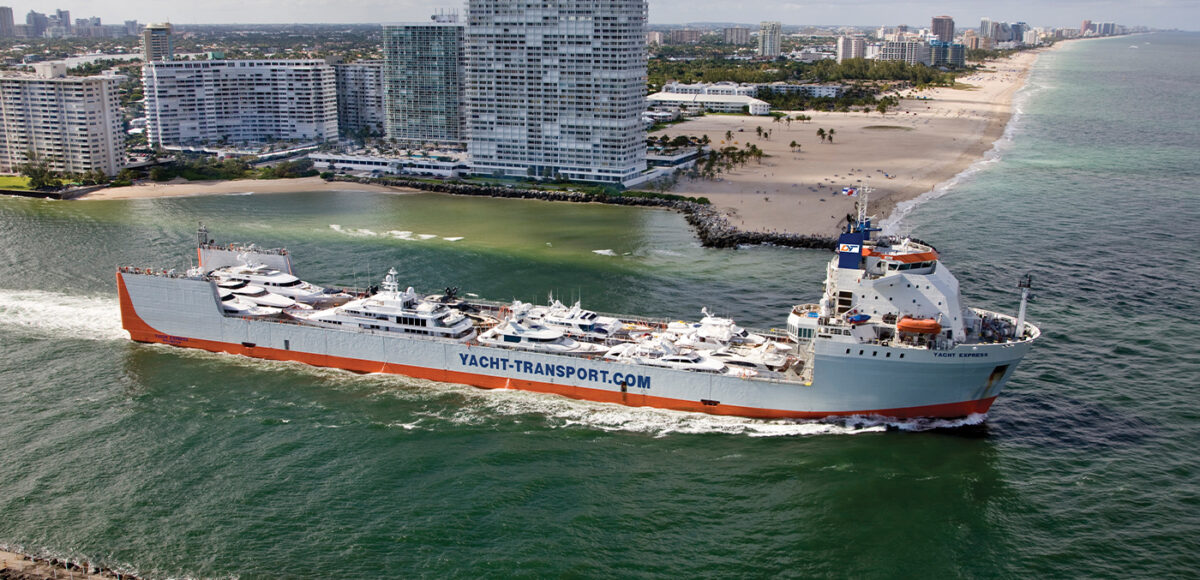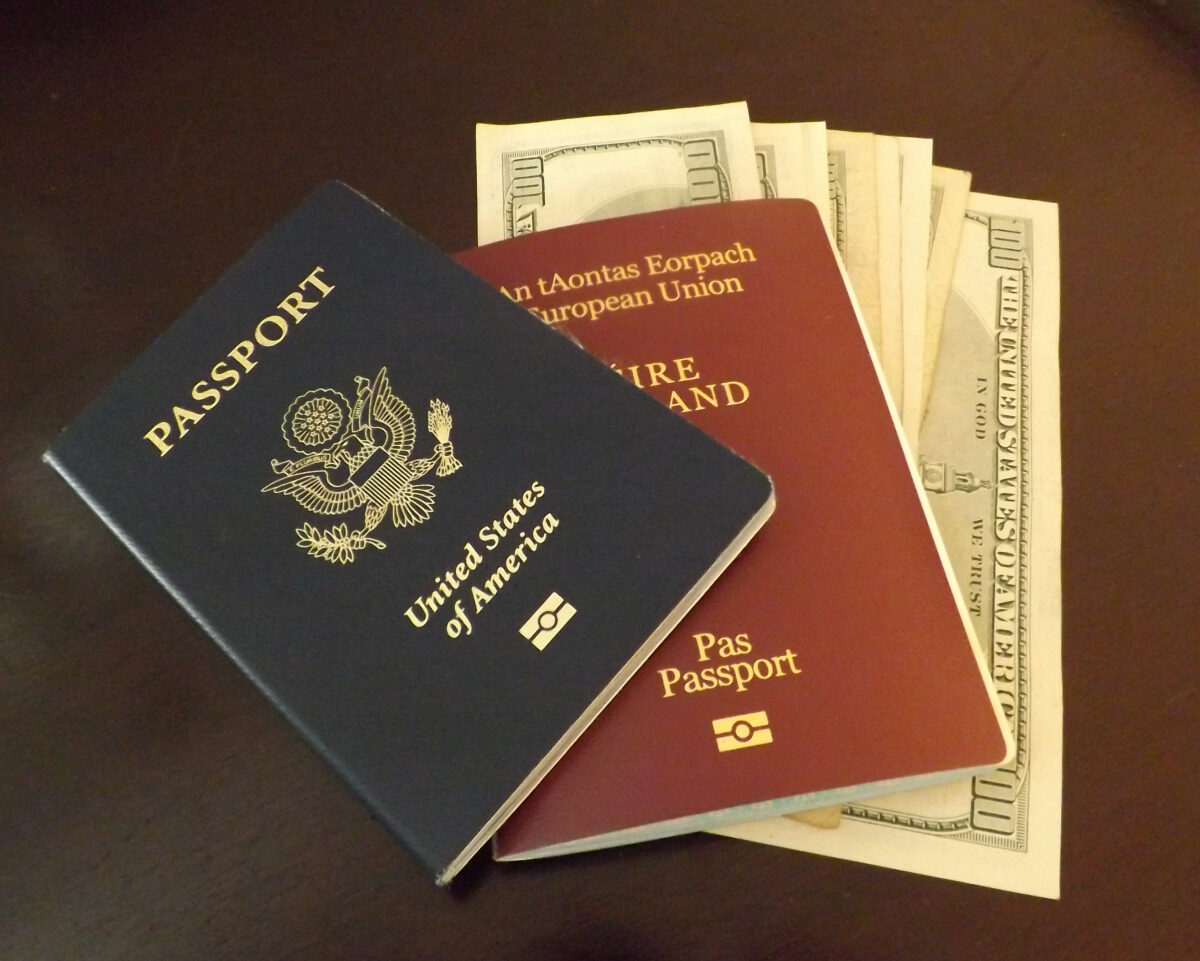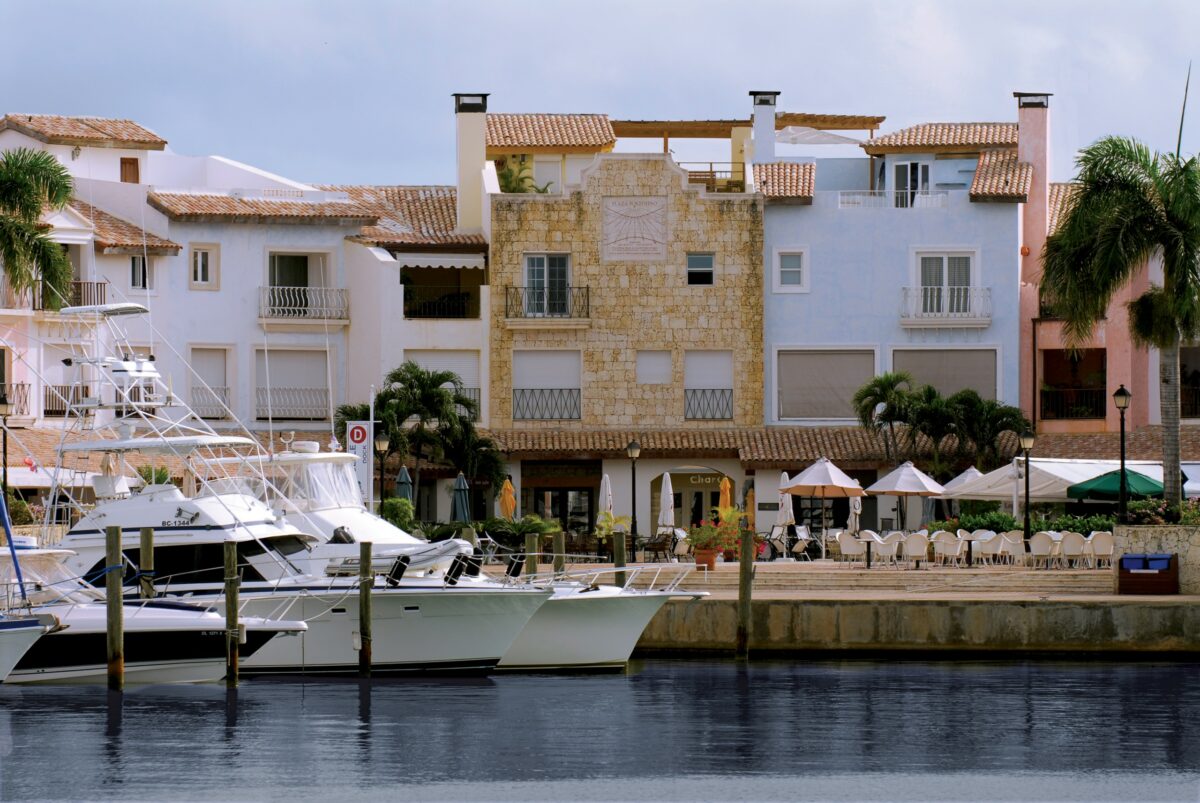by Dave Ferrell
Magazine articles, TV shows, and social media posts continually bombard your owner with the news of tremendous action, amazing catches and/or incredible numbers in some far-off place on the globe. Cape Verde, Madeira, Australia, Galapagos Islands, Costa Rica, Tahiti, Papeete, Canary Islands, Panama, Azores even the Mediterranean Sea; all locations with a mystical pull that goes beyond the quest for big fish or big numbers, targets that represent adventure pure and simple. Going to these places, chartering a local captain for a couple of days is a lot of fun”staying and fishing on your own rig an entire season, or several, is life-changing.
The challenge: how does the boat and crew get to these incredibly awesome, yet distant locations. The choice really comes down to two options; shipping the vessel on a yacht transport ship, or taking her there on her own bottom (unless of course you choose to go the mothership route but that a story for another day)! The extreme distance to some locations pretty much makes the choice for you, but other places are well within reach of both your boat and your crew capabilities. Both options have their advantages and disadvantages, and no one way is the best all the time.

On the Ship
Shipping a yacht from one place to another is a relatively new concept among the sportfishing crowd, I first heard of it about 15 years ago. Sail-boaters, however, have used these services for decades to move sailing yachts from one windy spot to the other. Putting your yacht on a ship comes with a wide variety of advantages with little downside. There are two types of yacht transports: float-on ships and traditional cargo vessels.
Float-on ships submerge to the point where you can drive the boat on and off the transport. Aboard regular cargo ships, where your boat is lifted on and off the deck of the transport by crane and stored topsides along with other cargo. Some of these companies (like DYT, formally known as Dockwise Yacht Transportation, and Sevenstar) own their own ships; others, like United Yacht Transport lease space on cargo ships to get your yacht from A to B. Some do both.
One of the main advantages of the float-on operations is that sometimes a rider can accompany the boat during the crossing with full power to run your AC units, freezers etc. When you get to your destination, the boat is ready to start fishing immediately once it comes off the ship. That exactly how Capt. Jamie Van Winkle brought Attitudes down to Quepos, Costa Rica via DYT.

On the Yacht Transport: next stop, Azores.
I love DYT. They are very professional and Ive never had a problem with our boats when using them, he says. When we shipped the boat down we were on a float-on vessel so we turned the boat into a giant bait freezer. We had a crewman travel with the boat so he was all plugged in with AC and everything. We were cleared and ready to go in Golfito in a half-hour and ready to fish in Quepos by 1 p.m. that afternoon!
Few captains and crews show more skill in both fishing and traveling logistics than the guys who work for Gray Ingram on the 63-foot Scarborough Boat Works,
Big Oh. Capt. Ronnie Fields heads this incredibly successful, globetrotting team. Fields has both shipped and driven the
Big Oh many thousands of miles over open ocean. One of his adventures was such a long one”getting the
Big Oh to and from Cape Verde”that shipping the boat across the Atlantic was a necessity.

The float-on option allows vessels to enter the yacht transport ship on their own bottom. Photo courtesy Sevenstar
The transatlantic voyage wasnt, however, the first time the boat had been on the back of a ship. Weve shipped that thing everywhere, says Fields. The first time we shipped it was on Yacht Path down to Costa Rica. We shipped it a couple of times and we took also took it down and back on its own bottom. We just shipped it back to Costa Rica.
As he is no stranger to traveling long distances on a sportfisher, so why is Fields so quick to ship the boat? It just really convenient to ship them. It just a straight shot to wherever you are going, he says. You avoid all the wear and tear on your vessel and you dont have to worry about dodging weather. It only takes ten days to get to Costa Rica if you get the right weather¦ but that hardly ever happens. The ship usually doesnt have to wait for weather. Nobody wants to wait anymore, we dont have the patience to sit around until the weather clears. Plus, the price is now so close to going on your own bottom that it just makes sense. Also, I dont like to be away from home more than two weeks a month, so being able to put the boat on a ship keeps me at home a bit longer.
Fields also says that over time, the shipping companies have become more attuned to the needs of traveling sportfishers. The shipping companies have become a lot more professional. Theyve shipped a lot of our boats now so they know what we want. They know where we want to go and when we need to be there. They really take care of you. Everyone wants to go the distance these days and shipping the boat makes it much easier, he says.
As head of sales for the East Coast Routes for Sevenstar in the U.S., it Lauren Hartman job to make sure that your trip is as easy as possible. There are a ton of variables that you can run into when you try to drive a sportfisher over long distances, she says.
When you ship the boat, you hand it over to us, we sling it, build a custom cradle, go through the canal, and drop it in Golfito, or whatever destination. You dont have to book passage through the Canal, clear customs in Panama or any other country. You only have to clear in the country where you offload.

Next stop: Adventure. Photo courtesy Big Oh
And that can be just about anywhere! A quick look at destinations on shipping company websites shows that you can get pretty close to just about every
billfishing hot spot on the planet, including South Pacific, Australia. Our ships travel worldwide, says Hartman, and we follow the fish just like the fishermen do. We plan for the seasons and that how we see this industry evolving.
To get to Cape Verde, we shipped the boat on Sevenstar straight to the Canaries. It only took ten days and didnt cost much more than it did to get to Costa Rica. From the Canaries, we drove the boat 900-miles down to Cape Verde, says Fields. We were up on top on the ship on the way over so we werent allowed to have anybody on board. I prefer to have a guy on there to keep everything clean and functioning properly. He can work the whole way over and have everything ready to go as soon as the boat comes off the ship. They did give us a little bit of power though, and I gave the Russian engineers a couple of hundred bucks to watch the freezers for us. We had 600 mackerel and a bunch of steaks to keep frozen!
Even on shorter trips, the ease of shipping goes a long way for many owners and crew. When you factor in the boat wear and tear, oil changes, fuel, extra crew etc., it a really close race between shipping and taking it on its bottom, says Van Winkle. When you add in the risk of losing time to bad weather, breakdowns, fuel stops and time spent clearing customs it becomes more obvious. All you need to have is one bad weather issue or mechanical problem and there goes any advantage of driving. If I had the money to own one of these things Id probably throw it on the ship.

Photo courtesy Sevenstar
On Your Bottom
While Van Winkle says that he would go ahead and put his boat on a ship, he brought Attitudes back to the U.S. from Costa Rica on its own bottom.
I enjoyed driving the boat back to the U.S. and it cost us about half of what I was quoted for shipping. We have a 60-foot Spencer and I was quoted $43,00 to ship it back, but we drove it back for about half that, $19,400, says Van Winkle. It not a bad trip if you have some guys that you dont mind being around for a little while. You chug from Cologne, Panama to Jamaica without stopping, then chug up through the windward passage all the way to Stuart, Florida. Chugging is definitely the answer, but not many people are willing to do it. You definitely need to have a good crew, and plenty of them, says Van Winkle. We had a skeleton crew of just three guys and it would have been good to have had one more. With three, we were working a three hours-on, six-hours-off schedule, with four we could have worked a 12-hour schedule instead of nine.
In a perfect world, Van Winkle says he would ship the boat everywhere, but scheduling problems can sometimes force your hand. The reason we drove the boat home this past summer was because we fished until late June and there was nothing coming back that fit our schedule. I have no problem making the trip again if we have to, it turned out to be a lot cheaper.

The Big Oh cradled and lifted ready for placement on deck. Photo courtesy Big Oh
As someone who has made part of his living hiring himself out to help crews move boats over vast distances, Capt. George Sawley is a bit partial to driving boats instead of shipping them. I like to be at the wheel, says Sawley. Ive made these trips so many times that it just another day to me. But there is a lot of mental preparation, decision making, etc. that goes into making a long passage. A captain can do it with one good mate; with two shitty mates it can become a problem!
Sawley says that one of the big problems that used to plague crews on these long trips has all but disappeared”the scarcity of slips.
There are a lot more places to stop and wait out the weather now than there used to be. But Ive never been one to wait on weather much anyway¦ it takes too much of your fishing time away. Besides, if Im chugging at 8-knots the weather isnt going to hurt me or the boat much anyway. You cant do a whole lot of damage to anything when you are chugging. It a win-win if you can handle the doldrums at 8-knots. But the boats nowadays are like cruise ships for the crew! Youve got big-screen TVs, surround sound, movies and games, it crazy!
I used to get bored staring at my lame-ass electronics on long passages; now it like playing asteroids up on the bridge! You can track other vessel speeds, headings, etc. The AIS even tells you the name of the other boat, it tonnage, draft, and if you have any proximity warnings. I was tracking seven ships at one time! Making longer trips is so much easier with all the new electronics. We used to use a dipstick to try and figure out how much fuel we had left and spent half the trip terrified that we would run out. Now with all the precise fuel burn calculators, and correct speed and course data, you dont have to worry about anything but keeping the boat afloat and not hitting anything. And again, at 8-knots, even if you hit something you probably arent going to do much damage.

Transiting the Panama Canal on your own bottom is a bucket list experience.
Shipping: How Much Does It Actually Cost?
The cost of shipping a boat varies greatly with the size and dimensions of your boat, its ultimate destination and other variables. It hard to come up with a quote with just the boat length, says Hartman. Everything we do in shipping depends on the overall dimensions. We need to know the make and the model, length overall, beam, height, draft and weight. A lot of this information tells what kind of crane is required for the tonnage. We also need to know the value of the boat, since you need to buy cargo insurance for your boat while it on the ship. Your regular insurance does not cover the boat when it is on a ship.

